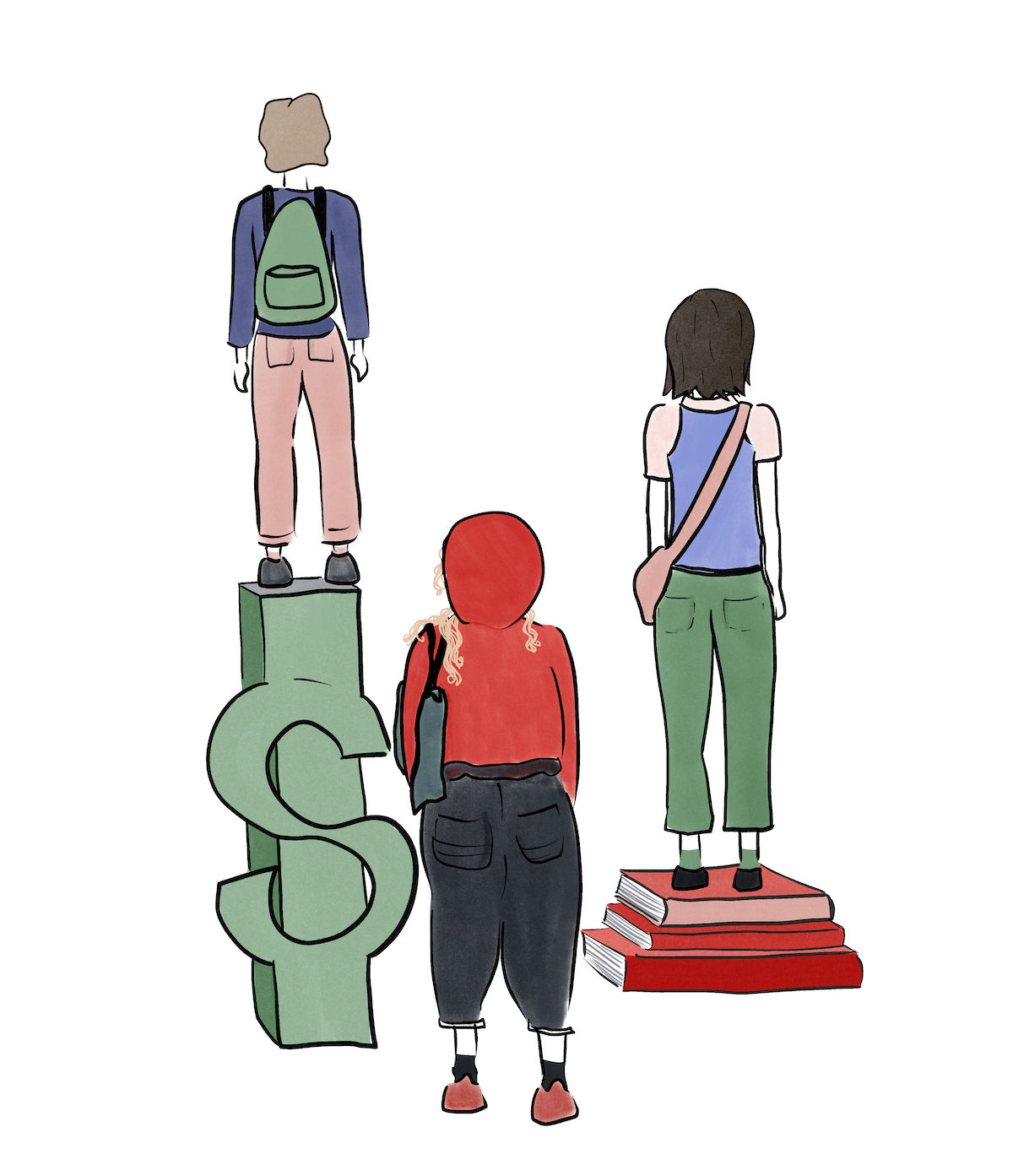College tuition rates have soared in recent decades—a staggering 175% increase for in-state tuition at public universities over the past 20 years, according to U.S. News & World Report. This has occurred for many reasons, including state funding cuts, expanding administrative staff and increased construction and facility costs. Yet this tuition hike locks many students from low-income families out of higher education. If tuition was lower—or free—these families would be able to get their children into college. College should be affordable for everyone, and we must find ways to bring the costs of higher education down in order to expand opportunity to all potential students.
Even with in-state tuition rates at public universities, college can be prohibitively expensive. “Average 2021-2022 annual tuition for public, four-year colleges was $10,740 for state residents, and $27,560 for out-of-state residents,” according to Business Insider. The average undergraduate student, in that same period, took out $6,470 in student loans.
At our own university, 2022 and 2023 resident undergraduates at Portland State must pay, for an average 15 credits per term, $9,602 in tuition; resident graduates attending our university must pay $17,018 in tuition and fees. Nonresident undergraduates and graduates pay even more—$28,502 and $25,190 respectively, according to PSU’s “By the Numbers” annual fact sheet.
Lowering tuition would make the process of entering college much fairer. The current system of entering college is biased against low-income students—yes, transcripts and the like are an important part of admission considerations, but tuition is too. This is especially important now, as “the average median family income declined 2.9% between 2019 and 2020…over the past 30 years, income inequality has been increasing,” as reported by Carolyn Morris of Earnest.com.
Many students’ transcripts are even withheld because they do not have enough money to pay for tuition. “A spokesman for UMass Boston, which has 9,848 students, graduates and former students who… can’t get their transcripts because they owe money, said only that the university withholds transcripts for unpaid balances in any amount,” according to the Hechinger Report. Low-income students do not deserve to have their transcripts withheld simply because they can not afford to pay the high amounts of tuition.
High tuition costs force students to apply for loans, which put them in debt they can not afford. This is illustrated by the fact that “over 60% of all college graduates receive their diplomas from public institutions according to the Association of Public and Land-Grant Universities…[in which] a 2020 study from the College Board found that their exorbitant prices have caused the average graduate to saddle $27,000 in debt,” wrote Ethan Kuhstoss of The Commonwealth Times. This puts students on a path where they need to worry more about paying off debt than pursuing a fulfilling career.
Some low-income high school graduates decide not to pursue their desired schools because of the threat of student debt. “For youths from low-income households, getting a college degree is like being caught in a Catch-22 situation,” wrote the staff of Study International. “You need a degree to escape poverty, but getting a degree also means getting into tuition fee debt, which in turn drags this group further down the income bracket.” This contributes to a ripple effect across educational institutions. “More than two-thirds of students whose families are in the lowest quintile of income attend two-year institutions or less,” according to a report from the Pell Institute for the Study of Opportunities in Higher Education. “Just four percent of such students attend highly competitive four-year institutions.”
Injustices like these are why we need to press those in control of tuition rates to lower costs. College should be affordable to everyone. “The United States Constitution doesn’t explicitly guarantee a right to public education,” Janine Bowen reported in an interview with North Carolina State University Professor Jenn Ayscue. However, “that doesn’t mean that it can’t help ensure that all students are able to access an equal educational experience,” Bowen wrote—that’s all the more reason to fight for a right to higher education.
In truth, “even though education is not directly addressed in the Constitution, the equal protection clause of the 14th Amendment has been applied to educational issues,” as Bowen stated. If college is only available for the middle or upper class of U.S. society, that goes against the promise of equal opportunity which undergirds our education system. It’s time to make higher education truly equal, and that starts with the economics of tuition.






